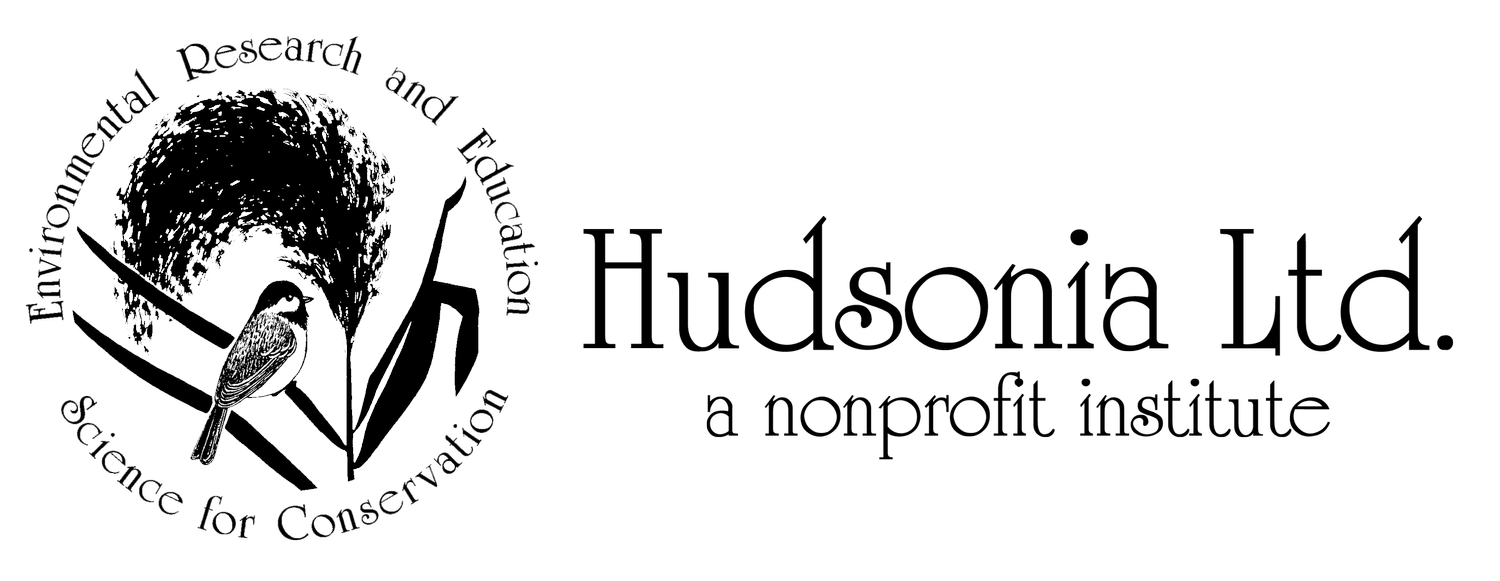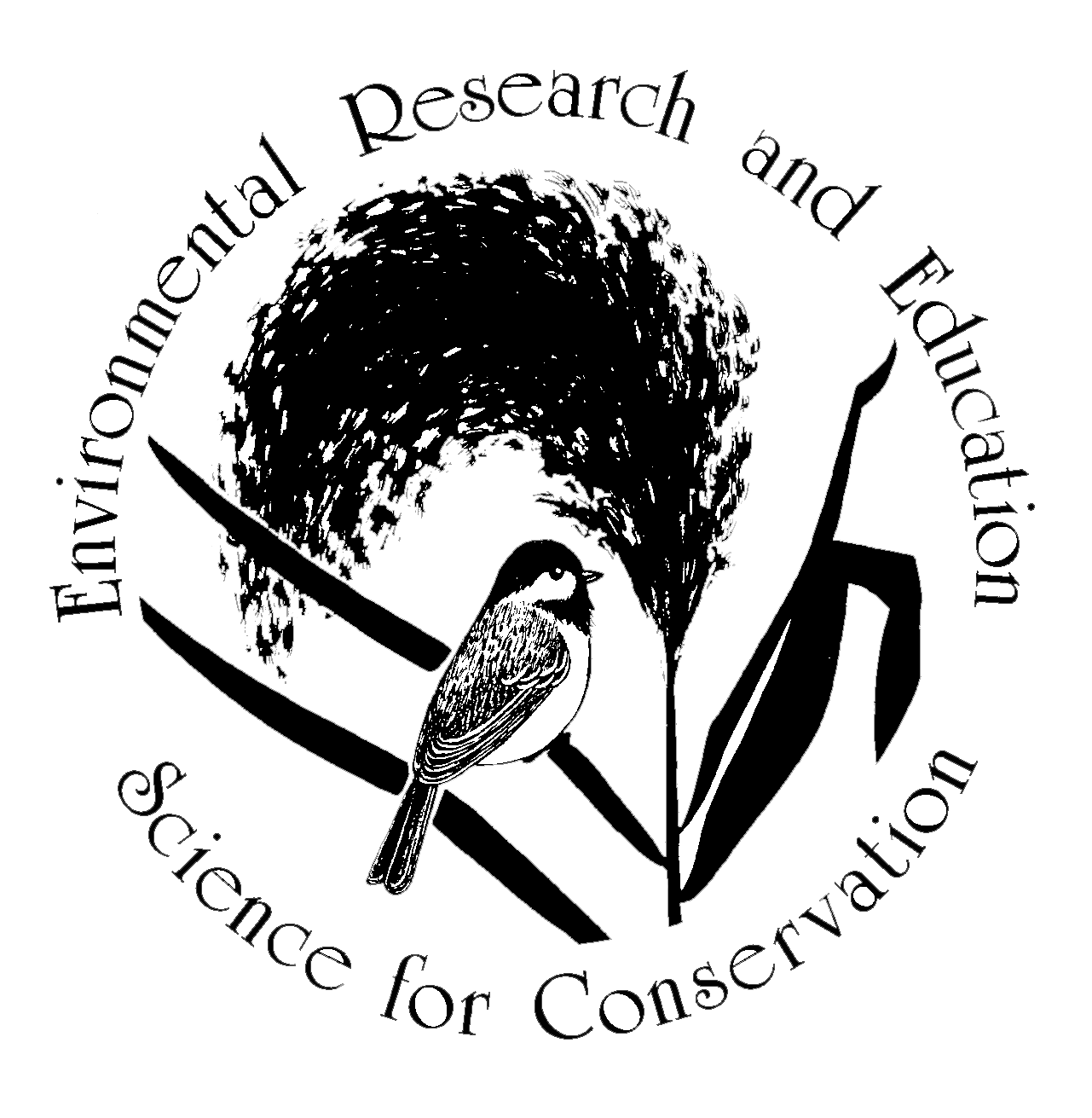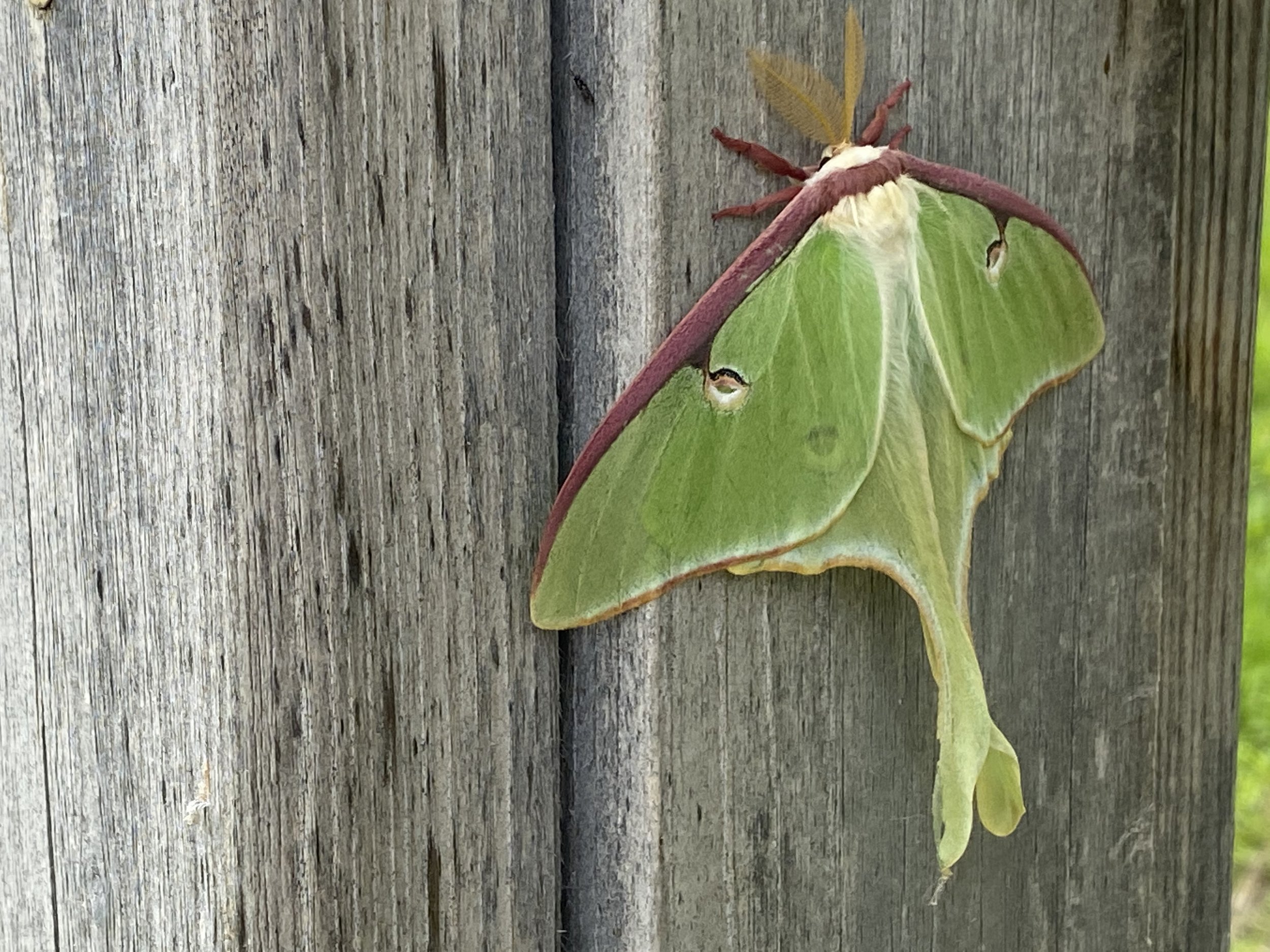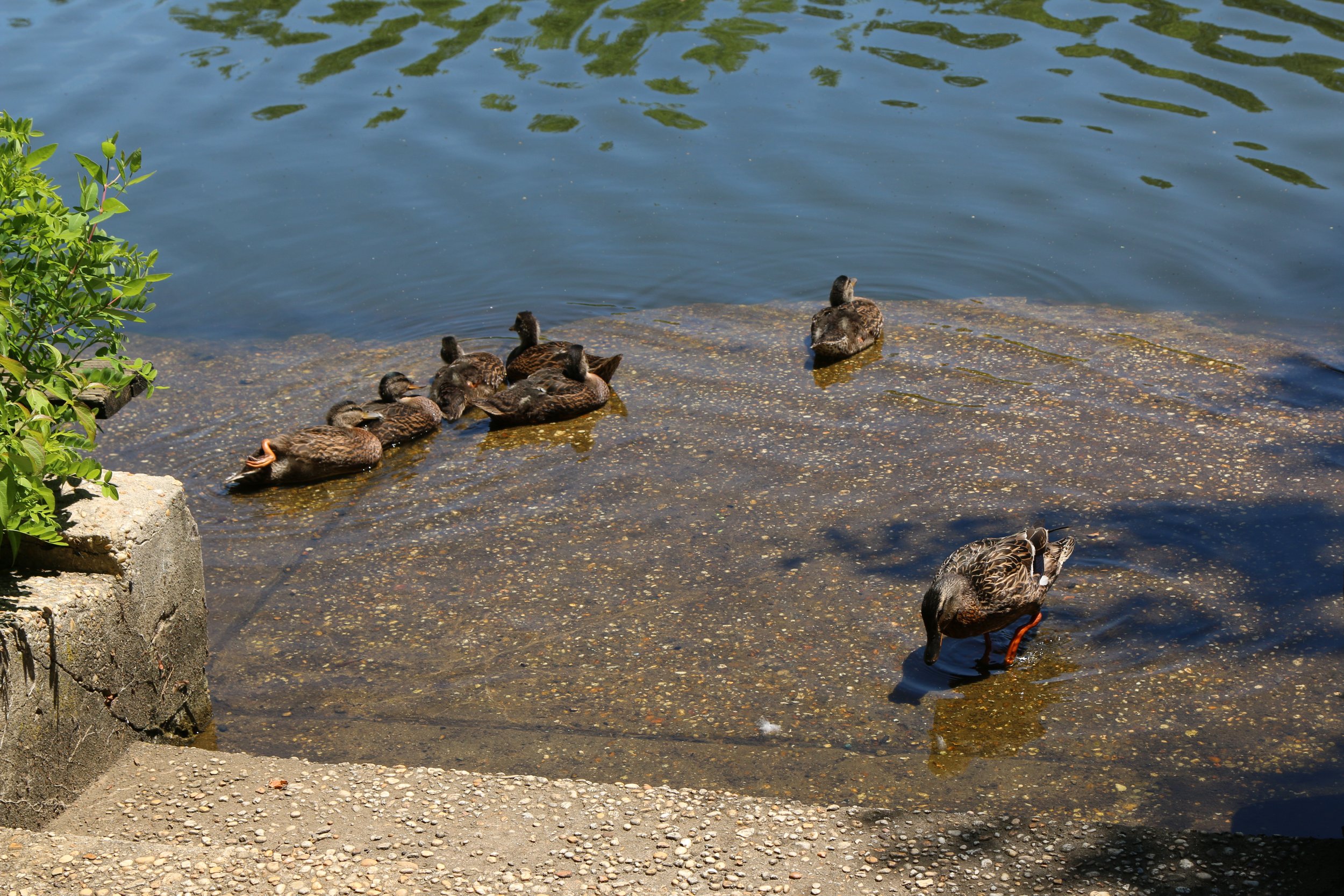Waste Ground Portraits
Ecology of Degraded Land
Eve’s Point, a former brickyard in Saugerties, now part of Bristol Beach State Park
Ecologists refer to altered, unpaved land, with beat-up soil and sparse vegetation, as “waste grounds,” but some suggest we need a new term.
Common Redpoll, a boreal breeder, visits an airport in the lower 48. Photo credit Zach Schwartz-Weinstein.
Common to cities, towns, rural areas and even our frontier counties, these potential habitats include vacant lots, infields of racetracks and airports, railway and highway verges, dredge spoil piles, and abandoned quarries.
Often they make poor habitats, but there are notable exceptions, leading some ecologists to suggest we need a new term.
Habitats do not need to be “natural” to be useful, Certain species use post-industrial habitats with specific features, like gravelly, sunny soils.
Waste grounds often work in concert with their surroundings. A gravel pit close to a wood turtle stream could be used for nesting, foraging and basking.
Wood turtle on highway verge. Photo credit Hudsonia Ltd.
In order to direct sparse conservation funds to species of greatest need, we have studied which species are better able to adapt to waste grounds and other novel habitats, and which less, for over forty years.
Luna moth on abandoned barn. Photo credit Hudsonia Ltd.
Here are some portraits from those waste grounds we’ve picked up along the way.
Killdeer feigning injury by a waste ground nest. Photo credit Hudsonia Ltd.
In early spring the bright calls and flashy feathers of the killdeer herald spring, and are often first heard from a lumber yard or parking lot.
Saw whet owl in a city park. Photo credit Zach Schwartz-Weinstein.
Winter raptors—northern shrikes and rough-legged hawks—hunt in abandoned industrial and agricultural fields. Upland sandpipers and northern harriers breed at John F Kennedy Airport. All attracted by open space and low vegetation, bright winter finches and snow buntings grace these industrial habitats too.
Peregrine falcon on a city bridge. Photo credit Zach Schwartz-Weinstein.
Peregrine falcons and ravens nest on abandoned mine faces, similar to cliffs and rocky outcrops they also use, and kingfishers and bank swallows nest in dredge spoils, brought up from river bottoms. All may be seeking some protection from predators.
Field dodder. Photo credit Elise Heffernan.
We found NYS Endangered field dodder around an industrial estuary in Queens and Brooklyn, and on an old industrial pier now part of Hudson River Park in Manhattan, and again during a floral survey on the Gansevoort Peninsula. The New York State Rare five-angled dodder has been observed growing on a landfill in Dutchess County.
Bank swallow on a constructed guy-wire. Photo credit Zach Schwartz-Weinstein.
Built structures may mimic natural habitats chemically. Certain ferns, mosses and lichens—the latter currently under investigation as sources of anticancer and antibiotic drugs—typically associated with calcium-rich surfaces grow on crumbling mortared walls. These organisms also provide resources for small animals.
Ducks in a constructed urban lake. Photo credit Hudsonia Ltd.
Urban habitats are an important health resource for city dwellers who may have difficulty accessing rural areas, another reason for our careful studies. To the delight of city children, migrating oven birds rest under jungle gyms in urban playgrounds.
Hickory tussock moth caterpillar on fence. Photo credit Hudsonia Ltd.
This is the kind of work we do to protect evolving habitats, and to highlight the interpretive opportunities these offbeat features of our natural history present. The more we know, the better we can protect the adaptable species who make our waste grounds their homes, and direct scarce conservation funding to species requiring less altered habitats.












